While 2016 saw 40 autumn- and 30 spring-calvings, Michael McDonald has moved to a 100% autumn-calving system for 2017.
Twenty-four-year-old Michael farms on 60ha, near Thomastown in Kilkenny.
He is in the process of assuming full control of the farm from his father John (60) who himself inherited the farm in his twenties. John remains actively involved in the enterprise, though Michael now makes all of the decisions.
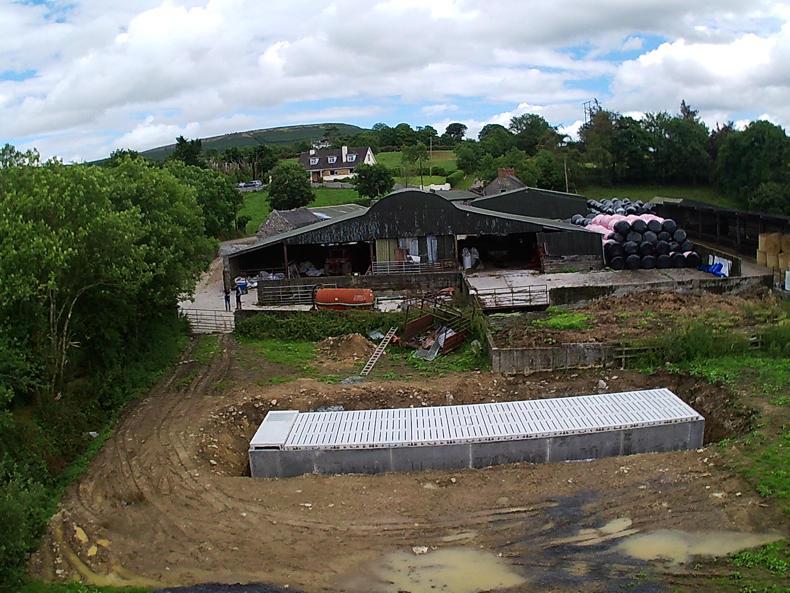
The farm
The land is split into two blocks, within a short walk of each other.
There are 44ha around Michael’s yard which are relatively heavy and are currently carrying his expectant mothers and freshly-calved cows.
The 16 hectare outfarm has a much drier sod and Michael is currently running his early-calvers there, along with 30 maiden heifers for bulling this back-end and a group of surplus in-calf heifers and cows which are for sale.
Calving
Michael’s calving spread is 10 July to 10 September.
“Calving 2017 is progressing well, thankfully. There were 61 of 72 cows calved as of the beginning of the week,” reports Michael.
“That figure would be heavily loaded towards July though – I’ve had just three calves in August.
“They are coming handy, with just 15 needing a pull. We lost a set of twins, which seemed to be dead quite a while. There was another born dead too – we had to pull him but it was a very simple pull, likely because he wasn’t positioned to come.”
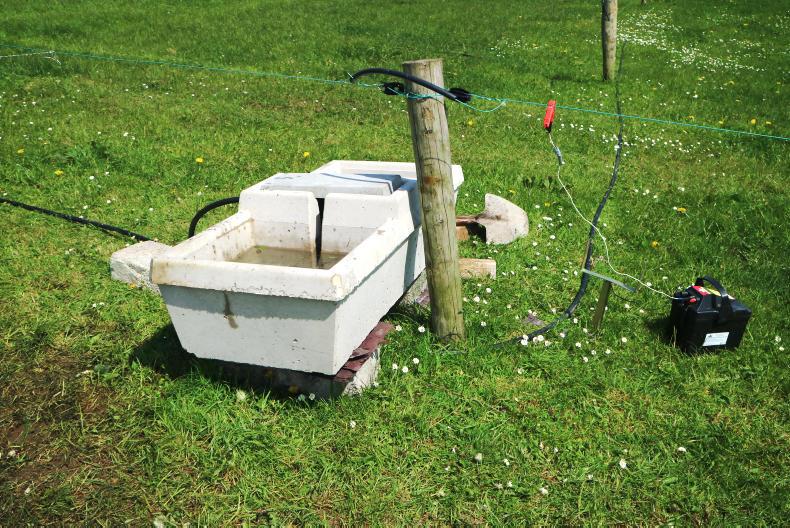
Pre-calving
Michael accredits the good run so far to his restriction strategy pre-calving.
“I wean in March/April and cows would be quite thin coming out of the shed anyway as I don’t feed meal during the winter," he says.
"Cows go out in April and they’ve as much grass as they want until the end of May. Then in June they become toppers – cleaning off paddocks behind other stock.As the vast majority of my cows are bred to AI, I can be accurate with service and calving dates.
"They go on to a bare paddock at eight months and two weeks of gestation. Here they get straw in ring feeders and mineral lick buckets – that’s all. There are some cows that you cannot keep condition off no matter what you do and I had five big calves from fleshy types like this,” Michael explained.
Michael has a penchant for cattle breeding. He does his own AI and does some work scanning cows in the area.
Stock
“I appreciate good stock, but I’d be very focused on maternal characteristics. The herd’s average replacement value is around €84 at present, but this will climb as our yearling and weanling heifers are averaging €94 and €98 respectively.
“I like a mixture of Simmental, Charolais and Limousin in my herd, and I’ll always crossbreed. If I have a Charolais-Limousin cow, I’ll use a Simmental sire and vice-versa. I plan to grow the herd to 100 by next year (we have 30 maiden heifers to bull in a month’s time) and when things settle I’d like 30-odd each of Simmental, Charolais and Limousin.

“I’ll always look to balance things with my bull selection too. If I have a plain cow with lots of milk, I’ll use a more terminal bull. That said, when I serve a cow it is always with the aim of having a heifer calf. That’s our system here – adding value to heifers and selling them.”
Weanlings
The farm has traditionally produced weanlings for sale and Michael will continue with this strategy. He plans to sell his bull calves live in May at 380-400kg, targeting €1,000/head. All of his heifers will then be bulled to calve at two years of age.
“Basically, we’ll run two breeding seasons here. My main one will run from 20 October to Christmas. Most of the animals that go in-calf here will be kept in my herd.
"They’ll be mostly bred to AI with an Aubrac bull for heifers. He will also go in at the end to clean up and tighten gestation. Then in the last week of January, I’ll go breeding again on anything that was too small for the first season or didn’t hold.
"These will all be sold on the point of calving in November and December, though this year I’ll sell the thirty I have a bit earlier. I think it gives me scope to add value to unsuitable heifers or cull cows – we’ll see how it works out this year anyway.”
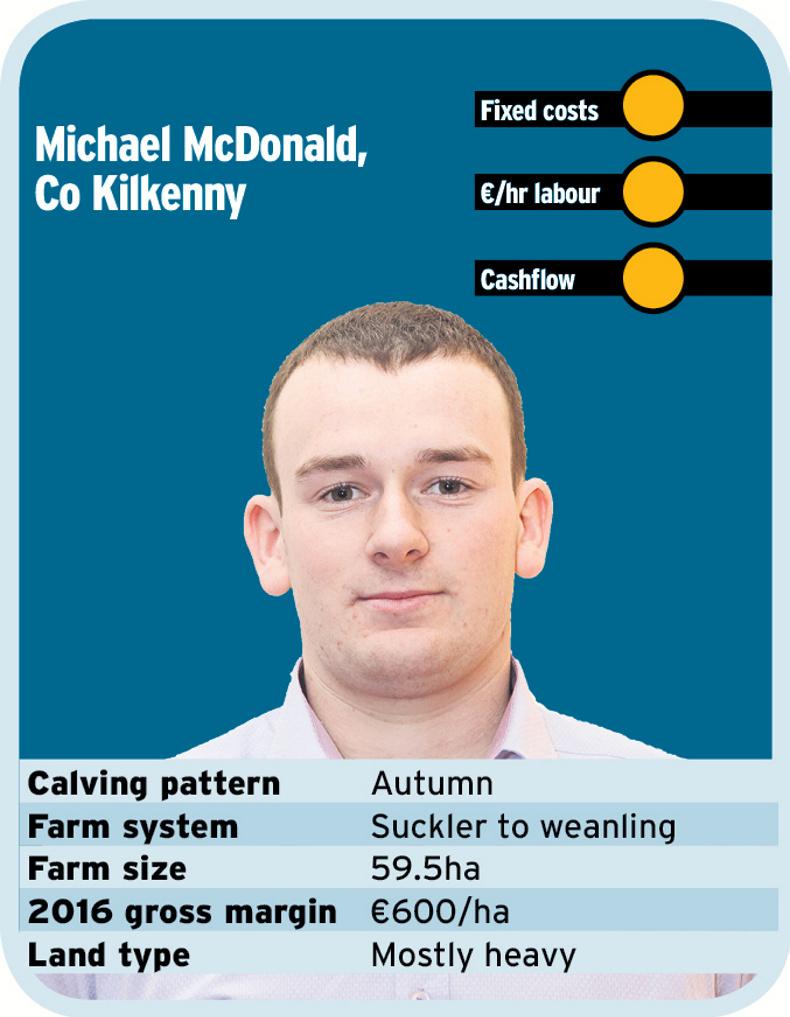
Sheds and grass investment
Having come from a position where he strip-grazed through 10 large divisions, Michael now has 50 grazing divisions on the farm.
Nine new drinkers have also been installed (above), with others moved to more central positions, on the advice of local advisor Mark Slattery and BETTER adviser Tommy Cox.
Many of these divisions have been made using temporary fencing, with more permanent infrastructure going up in future, as cash allows.
Michael is also in the process of erecting a new shed on the farm.
At this point the tank has been fitted (see picture) and the shed is flat-packed in the yard, ready to go up.
“It’s three slats wide with a 25ft-deep straw lie back. There’ll be rubbers on slats and the lie back will be a creep area for calves. All of the concrete, including the tank and some other work around the yard will come in at €20,000 (ex VAT).
"The rest of the job, including rubber mats on the slats, digger work, the shed itself and labour should come in under €20,000 too. So, €40,000 will cover the whole job (ex VAT).
"The building will house 30 cows and calves and when it’s completed I’ll be able to winter 100 cows and calves, plus maiden heifers.”
Tommy Cox
Michael has a keen eye for stock and his high usage of AI and his selection of bulls with strong maternal traits will ensure he produces top-quality progeny.
When selecting replacements he places a lot of emphasis on milk which is very important to ensure a heavy calf at weaning.
His grassland management has improved immensely since the programme commenced with his introduction of a paddock system and reseeding of older swards which will be key for him too as he looks to increase his stocking rates and maximise output of grass. He is definitely one to watch.
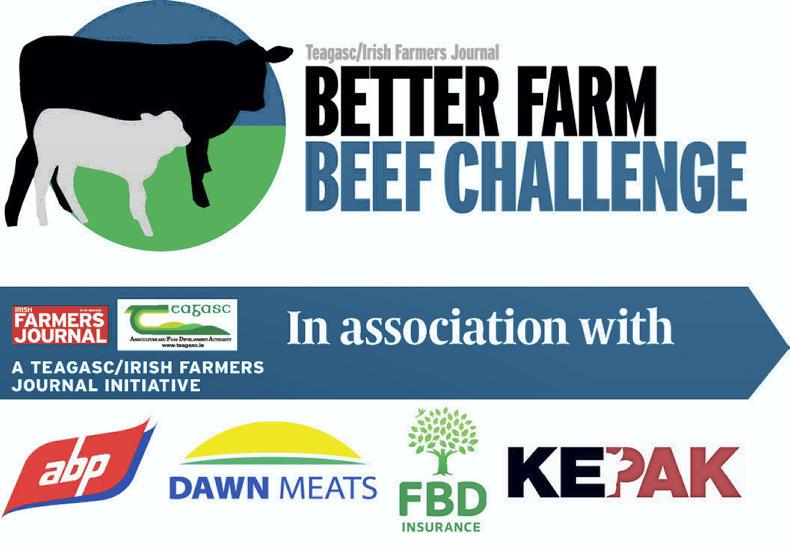

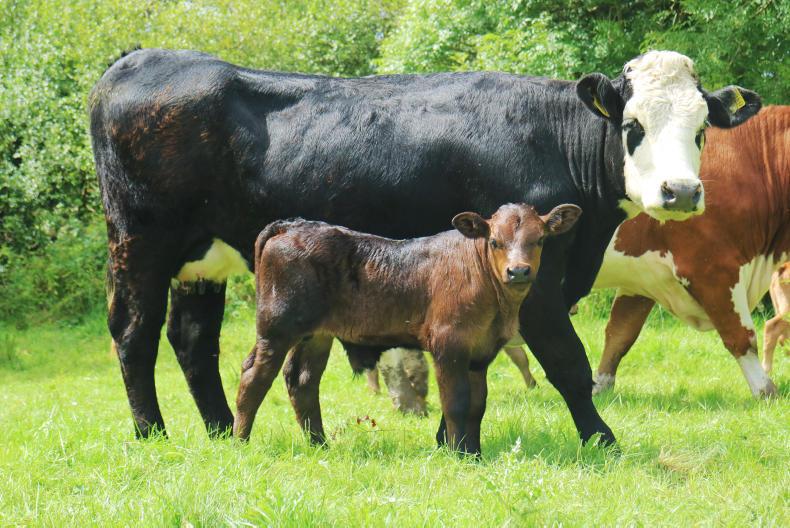




 This is a subscriber-only article
This is a subscriber-only article














SHARING OPTIONS: